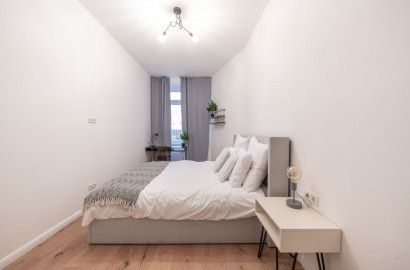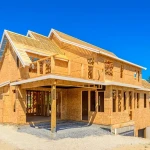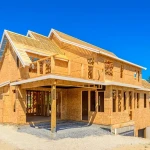- The seasonally adjusted S&P CoreLogic Case-Shiller U.S. National Home Price Index® increased 0.3% in April, matching its growth in March.
- Nationally, prices rose 6.3% year-over-year in April, down from 6.5% in March.
- Annual price growth slowed in April compared to March in both the 10-city index and the 20-city index .
What happened: Price growth fell flat as mortgage rates spiked above 7% in April. While sellers continued to return, buyers seemed to be more cautious in their approach. Prices increased by 0.3%, continuing its pace from March. On an annual basis, home prices were up 6.3% when compared to a year ago, compared to 6.5% in March.
Why it matters: Recent Zillow data found that in April there was an 11% increase in new listings compared to the previous month, and a 16% increase from April 2023. Total for-sale inventory was also up 18% from the same month last year. The rapid and sudden increase in mortgage rates in April pushed housing affordability further out of reach for many potential buyers while some who could still afford held back. As a result, the share of listings with a price cut shot up to 22.4% in April, the highest rate for April in the past six years, and a significant step up from 17.2% a year earlier.
Despite the relative slowdown in April, homes that were priced correctly still sold in just 13 days, only 3 days slower than in April 2023. Zillow’s new market heat index is a new way to visualize how participants are feeling – buyers’ urgency or sellers’ confidence – as they shop and transact. Sellers still have a slight edge nationwide, but the market is moving closer to balance.
Related posts:
Mortgage rates declined again this week as inflation continues to moderate. The latest Bureau of Labor Statistics CPI report contained no major surprises and a September rate cut from the Fed should be a done deal. Annual price increases measured...
A new Zillow survey covering 26 metro areas found that residents largely support allowing middle housing in residential neighborhoods. Middle housing options are those that fall into categories between single-family lots and large multifamily buildings, such as duplexes or small...


 Mortgage Rates Eased Slightly This Week On Employment Data Revisions And Fed Minutes
Mortgage Rates Eased Slightly This Week On Employment Data Revisions And Fed Minutes
 July 2024 Housing Starts: Housing Starts Fall, Single Family Starts At Lowest Level Since April 2023
July 2024 Housing Starts: Housing Starts Fall, Single Family Starts At Lowest Level Since April 2023
 Singapore Overtakes Hong Kong In Terms Of Property Investment Prospects
Singapore Overtakes Hong Kong In Terms Of Property Investment Prospects
 May 2024: New Home Sales Fell Despite Easing Mortgage Rates in May
May 2024: New Home Sales Fell Despite Easing Mortgage Rates in May
 June 2024 Housing Starts: Housing Starts Rebound in June, Single-Family Construction Slows Less Than Expected
June 2024 Housing Starts: Housing Starts Rebound in June, Single-Family Construction Slows Less Than Expected